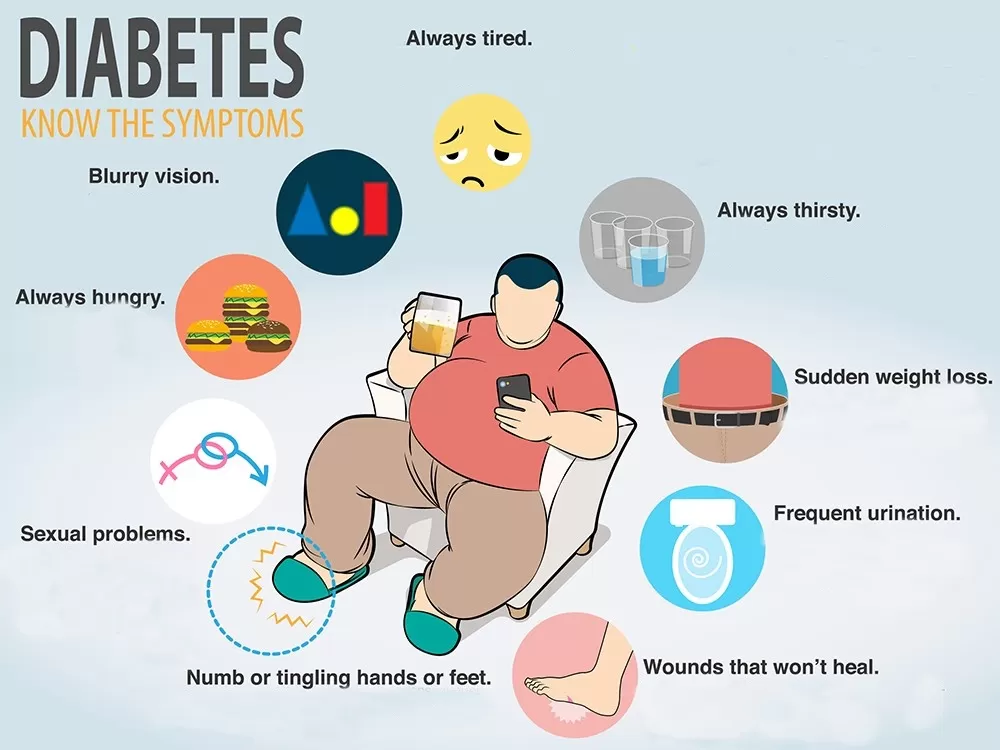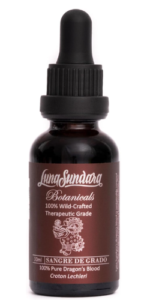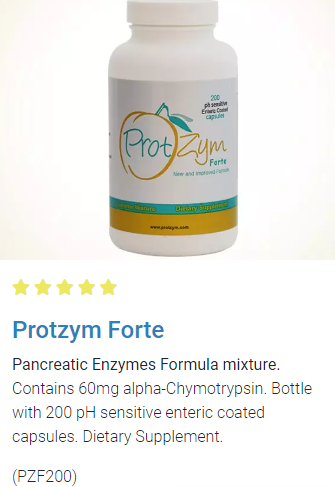
DO YOU KNOW THE BENEFITS OF TAKING A DAILY SUUPPLEMENT OF CHROMIUM PICOLINATE 500 MG?
Control – Prevent – Reverse Diabetes*
Chromium picolinate, specifically, has been shown to reduce insulin resistance and to help reduce the risk of cardiovascular disease and type 2 diabetes. Dietary chromium is poorly absorbed. Chromium levels decrease with age.
A scientific review: the role of chromium in insulin resistance
Abstract
Chromium is an essential mineral that appears to have a beneficial role in the regulation of insulin action and its effects on carbohydrate, protein and lipid metabolism. Chromium is an important factor for enhancing insulin activity. Studies show that people with type 2 diabetes have lower blood levels of chromium than those without the disease. Insulin resistance is the common denominator in a cluster of cardiovascular disease risk factors. One out of every five Americans has metabolic syndrome. It affects 40% of people in their 60s and 70s. Insulin resistance, with or without the presence of metabolic syndrome, significantly increases the risk of cardiovascular disease. Insulin resistance is present in two serious health problems in women; polycystic ovarian syndrome (PCOS) and gestational diabetes. Several studies have now demonstrated that chromium supplements enhance the metabolic action of insulin and lower some of the risk factors for cardiovascular disease, particularly in overweight individuals. Chromium picolinate, specifically, has been shown to reduce insulin resistance and to help reduce the risk of cardiovascular disease and type 2 diabetes. Dietary chromium is poorly absorbed. Chromium levels decrease with age. Supplements containing 200-1,000 mcg chromium as chromium picolinate a day have been found to improve blood glucose control. Chromium picolinate is the most efficacious form of chromium supplementation. Numerous animal studies and human clinical trials have demonstrated that chromium picolinate supplements are safe.
I personally use this product daily along with Braggs Apple cider vinegar with mothers
* If not in stock, shipping time up to 4 weeks. * Use Contact Us form to advise what product you desire and we will provide paypal email to send funds if not in stock or to arrange COD if product is in stock. *Always seek the advice of your physician or other qualified health care provider with any questions you may have regarding a medical condition or treatment. This product is not intended to diagnose, treat, cure or prevent disease.

Vitacost Chromium 300 tablets ₱950
People also ask
Can chromium reverse diabetes?
For many years, researchers have studied the effects of chromium supplements for type 2 diabetes. While some clinical studies found no benefit, other clinical studies reported that chromium supplements may reduce blood sugar levels, as well as the amount of insulin people with diabetes need.
How long does it take for chromium picolinate to lower blood sugar?
It May Improve Blood Sugar. One study found that 16 weeks of 200 μg/day of chromium was able to lower blood sugar and insulin while improving the body’s response to insulin.
Can chromium replace metformin?
Due to the low side effects and having equal effects on the pregnancy rate, metformin could be replaced by chromium in some PCOS patients.
Does chromium reduce A1C?
Chromium significantly improved FPG, A1C, insulin sensitivity, and free fatty acid levels compared to placebo.
Who should not take chromium picolinate?
For most people, yes. But chromium picolinate should not be used by people with kidney or liver disease. 1 If you’re on insulin, anti-diabetes medications, or levothyroxine, talk to your doctor before taking a chromium picolinate supplement.

Dragon’s Blood
- Croton Lechleri
- 1 fl oz ( 30 ml)
- System Restoration
- Gastrointestinal
- Herbal Supplement
- Dragon’s Blood Succus (Sangre de Drago)
- Gluten-Free
Prepared from responsibly wildcrafted fresh liquid tree sap of Croton lechleri trees from the Amazon rainforest of Peru.
More info on specific uses of Dragon’s Blood click on this link:
https://www.ncbi.nlm.nih.gov/pmc/articles/PMC4737969
HARD TO GET! switched brands


